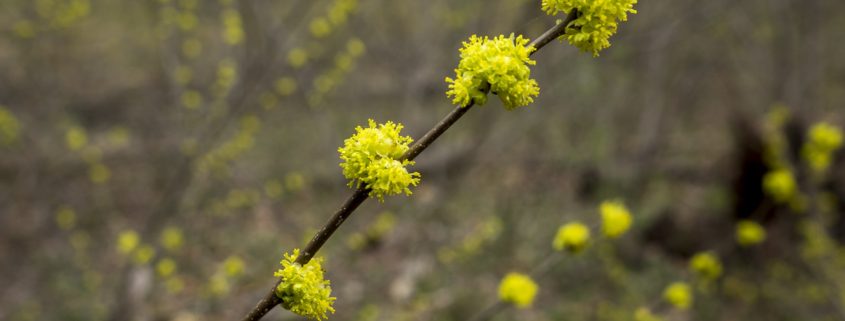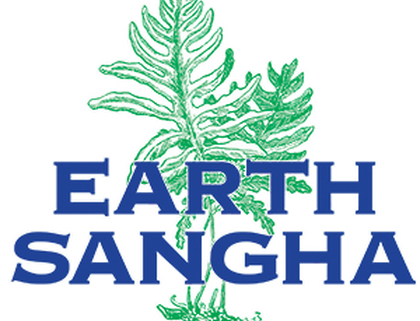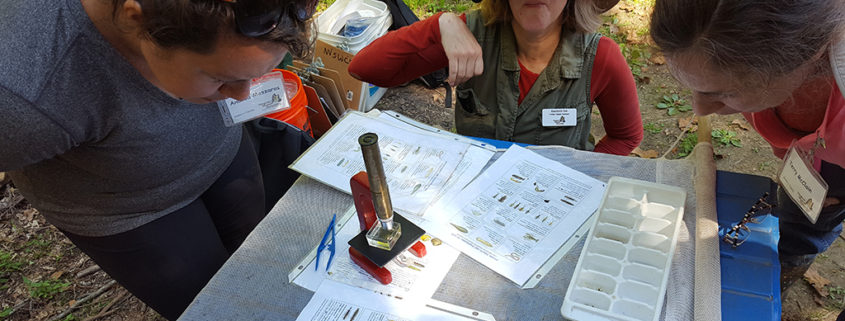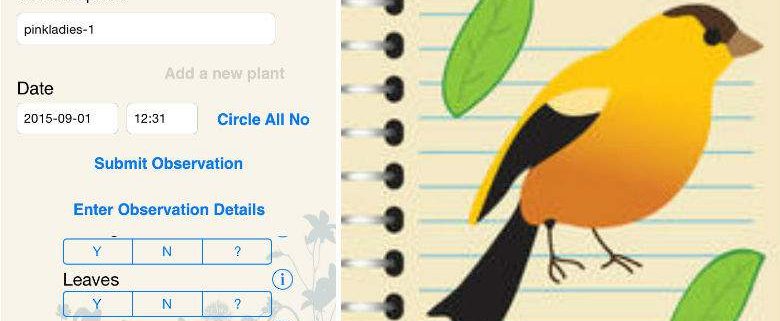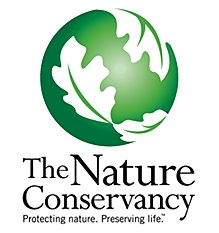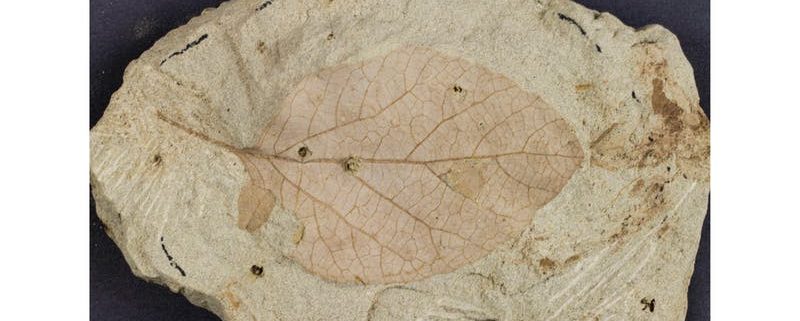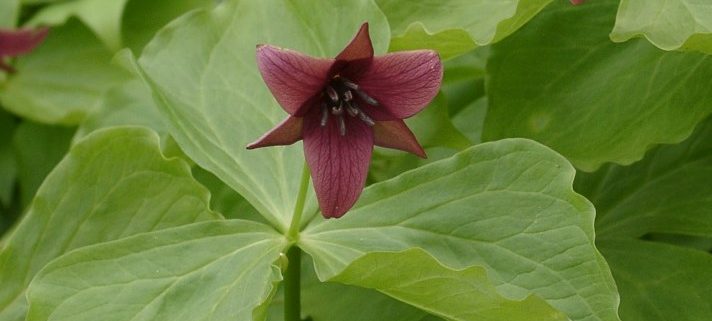Late summer wildflower walk at Clifton Institute, 1 September
Asters and agrimony, louseworts and lobelias! Join Clifton Institute Board member Jocelyn Sladen for a delightful walk in search of late season wildflowers in the warm season grass fields and pond edges of Clifton Farm. Waterproof hiking shoes, hats, binoculars, cameras, water bottles, and insect repellent are recommended. RSVP required. Please register here https://cliftoninstitute.org/evrplus_registration/?action=evrplusegister&event_id=43 or by emailing [email protected].
Saturday, 1 September, 10:00am to 12:00pm. Date and time subject to change based on weather.
The walk will be held at the Clifton Institute. The address is 6712 Blantyre Road, Warrenton, VA 20187. From points north (I-66 at Marshall) take US 17 going south for about 7.5 miles and turn left on Blantyre Rd. From the south (Warrenton) take US 17 going north, go 2 miles north of the 17 bypass and turn right on Blantyre Rd. Once you turn on Blantyre, go 1.2 miles to 6712 Blantyre Rd. and turn left into one of our two driveways. The second driveway has a Clifton Institute road sign. Follow the driveway all the way to the pink house (the driveways connect before reach.



